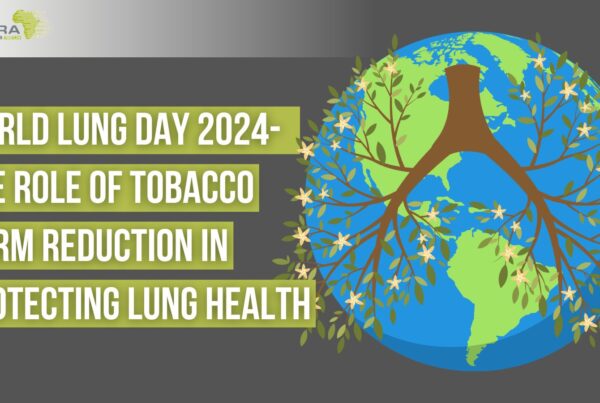São Paulo, 11 May 2023 – Specialists from fields such as public health, academia and government gathered for the South American Seminar on Tobacco Harm Reduction (THR), which also saw the launch of pahra.net – the Pan America Harm Reduction Alliance (PAHRA) website that provides accurate information on THR and related topics.
According to the World Health Organisation (WHO) Framework Convention on Tobacco Control (FCTC) Article 1(d), “tobacco control” means a range of supply, demand and harm reduction strategies that aim to improve the health of a population by eliminating or reducing their consumption of tobacco products and exposure to tobacco smoke.
Regrettably, THR and tobacco control strategies in Brazil, as in most countries, are not well established, which was one of the key discussion points of the South American Seminar on Tobacco Harm Reduction.
Some crucial takeaways from the seminar:
- Potential lives saved with THR: Empathetic tactics to encourage individual smokers to quit or switch to non-combustible THR products could save as many as 3 million lives per year by 2060.
- Case studies from Sweden, Japan, the UK, New Zealand and Germany: Professor Michael Russell’s statement that “People smoke for the nicotine but die from the tar.” remains key and should be the foundation for policy responses. Encouraging affordable, accessible, socially acceptable alternatives to smoking drastically lowers smoking rates (and the related disease burden and mortality rates).
- Nicotine policy principles such as risk-proportionate regulation, youth prevention, labelling, cessation and taxation: Regulators can positively impact THR using risk-proportionate regulation: the most harmful products (such as cigarettes) are very strictly regulated, but the least harmful products (such as vapes) are regulated with consumer protection in mind, which influences, among others, labelling, taxation and advertising.
- Consumer insights on the topics of misinformation, cessation motives and methods, flavours, and nicotine misperceptions: A large proportion of current smokers indicate that they would like to quit; however, the effective quit rate is very low. This can be addressed by educating consumers, as many are misinformed about the harm reduction benefits of THR products (such as vapes, snus and tobacco pouches) and believe them to be as (or more) harmful as combustible tobacco products.
Some of the world-renowned independent tobacco harm reduction experts at the event included:
THR Topics
Popular Posts
Quick Links
Women in THR
Related Posts
 Letter to the World Health Organization (WHO)
Letter to the World Health Organization (WHO)
Letter to the World Health Organization (WHO)
Letter to the World Health Organization (WHO) and delegates of the Ninth Conference of Parties (COP9) regarding the Framework Convention…
 Public Health implications of vaping in Germany
Public Health implications of vaping in Germany
Public Health implications of vaping in Germany
Prof Levy’s SAVM model predicts 4.7 million life-years saved, and 300,000 deaths avoided by 2060 In Germany’s population of 84…
 Public Health implications of vaping in the United States of America
Public Health implications of vaping in the United States of America
Public Health implications of vaping in the United States of America
Public health implications of vaping in USA: Prof Levy’s SAVM model predicts 38.9 million life-years saved, and 1.8 million deaths…








